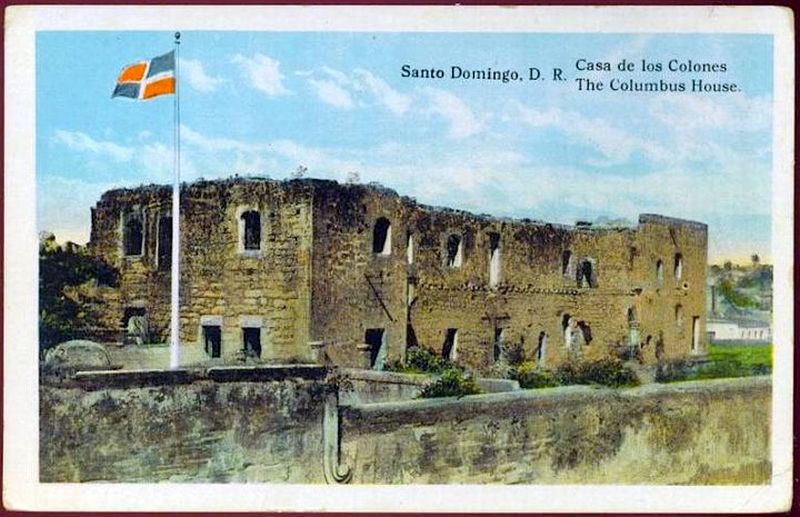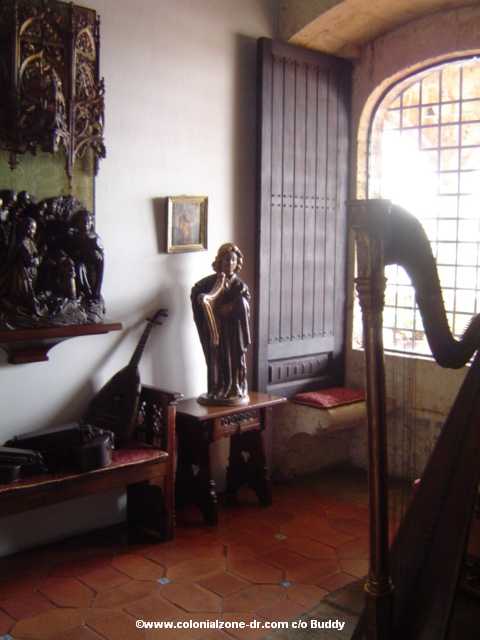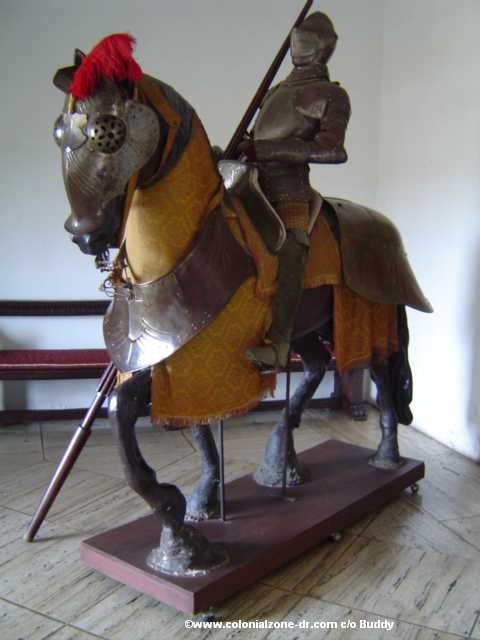Francisco de Bobadilla
Francisco de Bobadilla was born in Spain around 1450. He became a nobleman who served fighting against the Moors when Spain retook their country. His title was Francisco de Bobadilla, Chevalier and Knight. Commander of the Royal Order of Calatrava. Because of his title and service he was favored by the royal family.
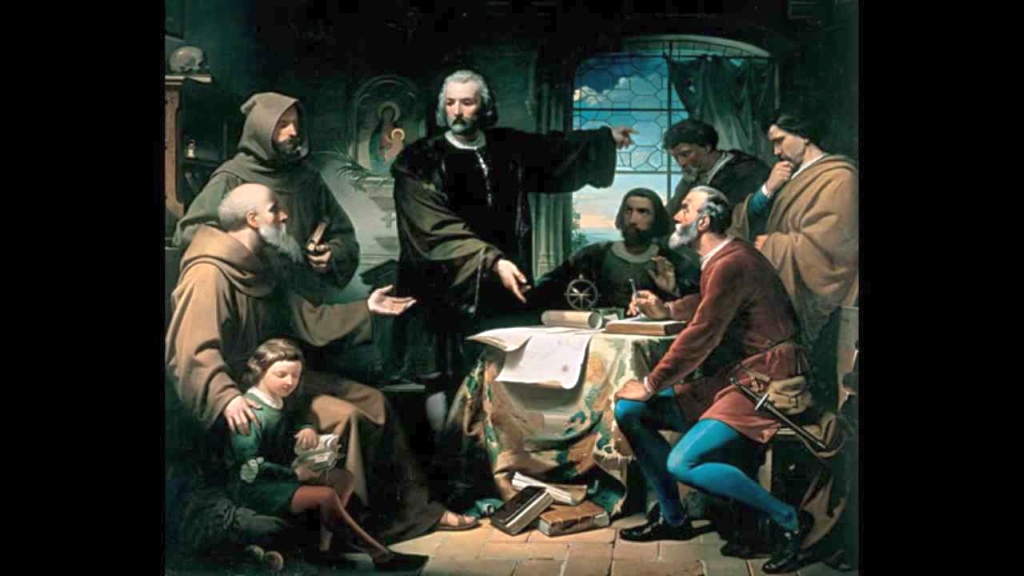
Cristóbal Colón (Christopher Columbus) was the governor of the island at this time. He ruled along with his brothers, Bartholomew and Giacomo (also called Diego).
King Ferdinand and Queen Isabella were hearing many complaints about what was happening in Hispaniola. The Queen sent Bobadilla to the new colony to check up on the Columbus boys. She wanted him to find out what was happening first hand. In 1499, because of all the bad reports, the Queen appointed Bobadilla to succeed Diego Columbus as the second governor of the Indies.
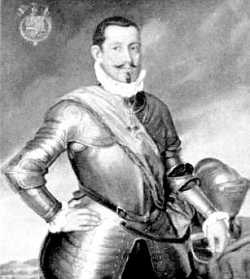
Bobadilla Arrival
Bobadilla arrived in the colonies in 1500 to take over. When he found out exactly what the brothers Columbus were up to Bobadilla took action. He took it upon himself and had Columbus and his brothers captured. He confiscated all their goods and belongings and had it all sent back to Spain. The Columbus men were also returned to Spain bound in chains.
The Queen became angry because she didn’t order these actions. In 1502 Nicolás de Ovando y Cáceres replaced Bobadilla as governor of Hispaniola. The Queen sent for Bobadilla to return immediately to answer to her.
The second governor of the colony never made it back to Spain. He never got to face the wrath of the Queen. Francisco de Bobadilla died July 11, 1502 in the Atlantic Ocean during a hurricane in the Mona Passage while making his return. The storm wrecked most of the 31-ship convoy including the ship that contained the dethroned governor.
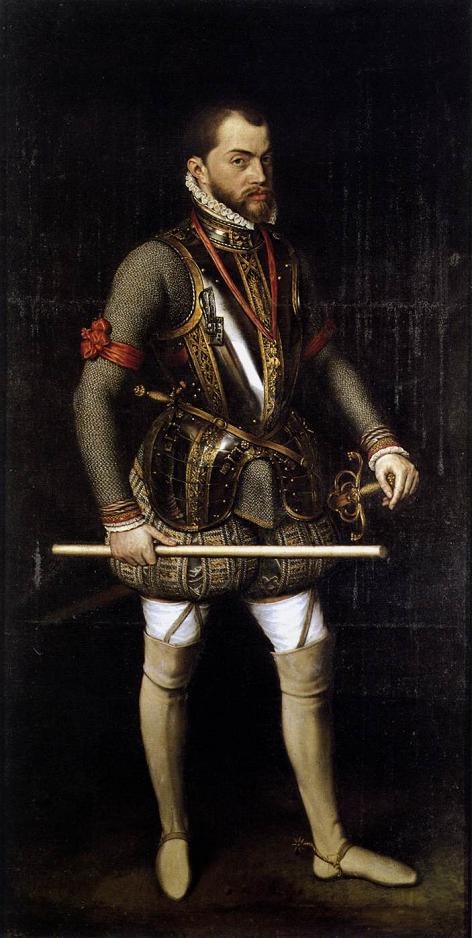
Some interesting items
*It is thought that Columbus had an affair with Bobadillas’ niece, Eleanora de Bobadilla. She was married to Alfonso de Lugo, the Governor of all the Canary Islands. Columbus made many stops to the island to restock his supplies whilst sailing the islands. Maybe he did a little more than only restocking?
*A short YouTube video in Spanish with some interesting pictures “Gobiernos de la Española-Gobiernos de Cristóbal Colón y Francisco de Bobadilla”










